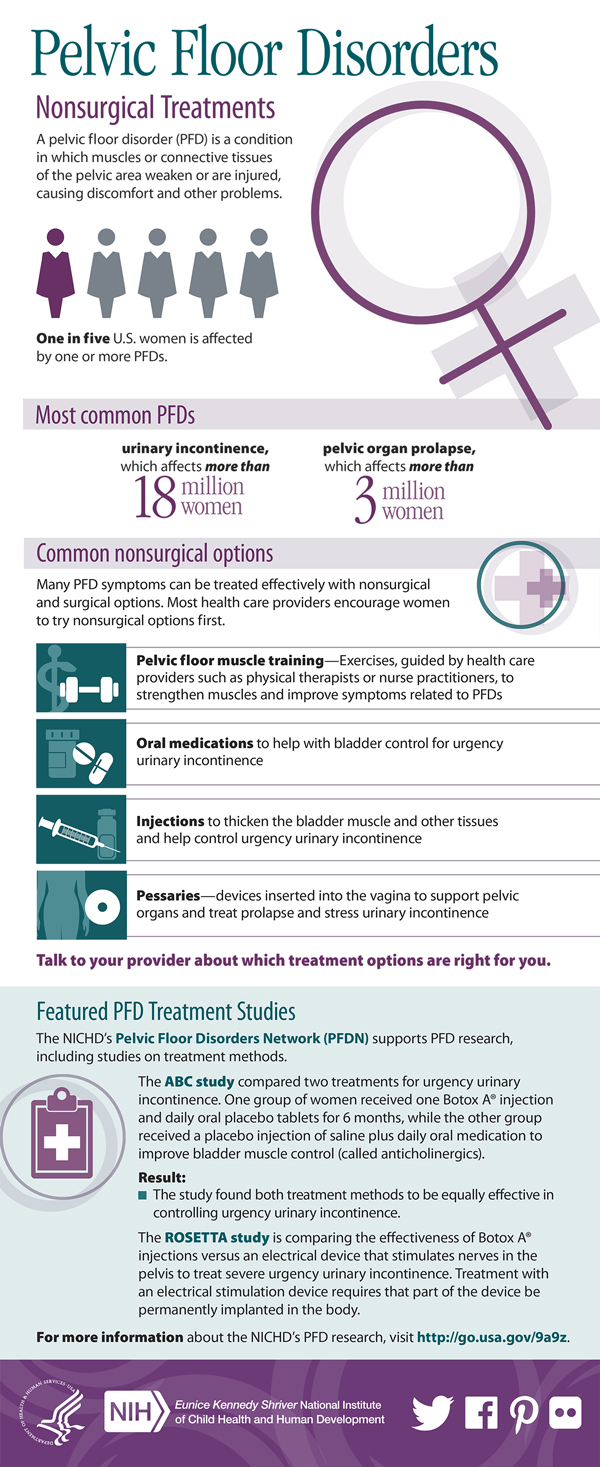Just How To Budget For Your Flooring Job: A Practical Overview
Just How To Budget For Your Flooring Job: A Practical Overview
Blog Article
Material Created By-Dalrymple Borg
When you're planning a flooring task, budgeting isn't just about choosing a number; it has to do with comprehending what you truly need and the costs included. You'll wish to assess your specific demands, research various materials, and expect unforeseen expenditures. Think about how variables like room function and setup approaches can impact your budget plan. Yet prior to you jump in, there are some important details you might ignore that can substantially impact your overall costs. Let's explore just how to navigate these complexities and ensure your job stays on track.
Assessing Your Flooring Requirements
Prior to diving right into your floor covering job, it's important to evaluate your floor covering requires. Beginning by thinking about the particular areas where you plan to set up brand-new floor covering. Think about the purpose of each area. For instance, kitchens and bathrooms require waterproof materials, while living locations may take advantage of convenience and aesthetics.
Next, review the existing conditions of your floorings. Are there any structural concerns, such as irregular surface areas or wetness issues? Addressing these issues at an early stage can save you money and time down the line.
Additionally, bear in mind of the dimensions of each room to figure out how much flooring you'll need.
Don't neglect to consider your lifestyle. If you have family pets or young kids, durability may be your top concern, while an extra official area might ask for a lavish surface. In addition, think about your layout preferences. Do you choose a traditional appearance, or are you drawn to modern-day styles?
Last but not least, be practical about just how much maintenance you agree to dedicate to. Some materials call for more upkeep than others. By comprehending your demands clearly, you'll be much better furnished to make informed selections as you move forward with your floor covering task.
Estimating Expenses and Products
Approximating prices and products is a pivotal step in your flooring task that can dramatically affect your general budget. Start by determining your area properly to figure out just how much flooring you'll require. For most materials, you'll find pricing by square foot, so accumulate quotes from different distributors to obtain a realistic figure.
Next, take into consideration the type of floor covering you desire. Choices like wood, laminate, floor tile, or carpeting all included different price factors. Study the prices for each and consider any kind of added products like underlayment, sticky, or shift strips.
Do not forget to include tools if you're intending a DIY setup, as leasing or acquiring tools can include in your expenditures.
Labor costs are one more crucial factor to consider. If you're hiring professionals, get estimates from several contractors to guarantee you're obtaining a fair price. Be clear concerning the scope of job to stay clear of unforeseen fees later on.
Finally, it's a good idea to allot a tiny percentage of your allocate any kind of unanticipated costs connected to products. By completely estimating your expenses and products ahead of time, you'll establish yourself up for a smoother and a lot more convenient floor covering task.
Planning for Hidden Expenditures
Many homeowners ignore the concealed costs that can emerge throughout a floor covering job, which can lead to spending plan overruns. To prevent this, you need to prepare for prospective additional expenses.
First, take into consideration the condition of your existing subfloor. If it's harmed or irregular, you'll likely require fixings or progressing, which can add dramatically to your overall cost.
Next off, think about removal and disposal charges for your old flooring. Several specialists bill additional for this solution, so aspect that into your spending plan.
Furthermore, do not forget the expenses of underlayment, which may not be included in the first quote but are vital for a successful installation.
You ought to additionally get ready for unforeseen difficulties, such as plumbing or electric work if your floor covering job involves moving fixtures. concrete overlays lehi to set aside a minimum of 10-15% of your overall budget for these unanticipated expenses.
https://www.washingtonpost.com/home/2023/08/08/how-to-paint-floors-wood-tile/ but not least, keep in mind that authorizations might be required for certain installments. Always check regional laws to prevent penalties or delays.
Final thought
To conclude, budgeting for your floor covering task is important for a successful end result. By evaluating your requirements, approximating prices, and planning for surprise expenses, you'll prevent surprises and stay on track. Keep in mind to allot a section of your allocate unexpected costs and maintain an in-depth failure of your expenses. With mindful preparation and factor to consider, you'll create a beautiful area that satisfies your needs without breaking the bank. Satisfied floor covering!
